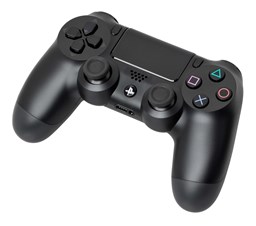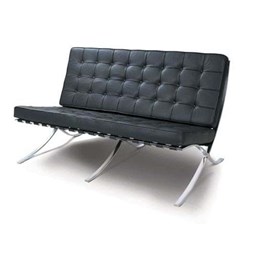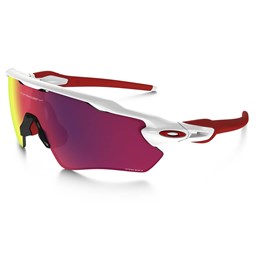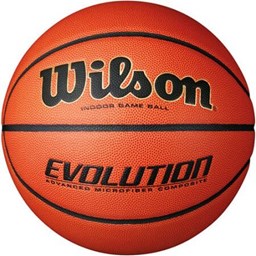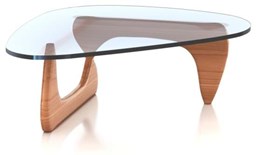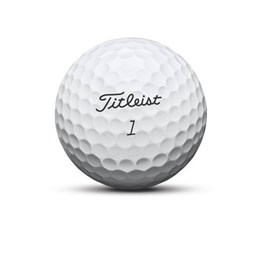Since 1888, Certina has maintained an enviable reputation for its excellent watches and reliable movements. From the time of its integration into the SMH (today's Swatch Group) in the early 1980s, every Certina has been equipped with a high-quality ETA movement.
In a quartz watch movement, high-frequency oscillations are generated in a tiny synthetic crystal, then divided down electronically to provide the extreme accuracy of the Certina internal clock. A battery supplies the necessary energy.
The quartz movement is sometimes equipped with an end-of-life (EOL) indicator. When the seconds hand begins moving in four-second increments, the battery should be replaced within two weeks.
An automatic watch movement is driven by a rotor. Arm and wrist movements spin the rotor, which in turn winds the main spring. Energy is continuously produced, eliminating the need for a battery. The rate precision therefore depends on a rigorous manufacturing process and the original calibration, as well as the lifestyle of the user.
Most automatic movements are driven by an offset rotor. To earn the title of chronometer, a watch must be equipped with a movement that has obtained an official rate certificate from the COSC (Contrôle Officiel Suisse des Chronomètres). To obtain this, precision tests in different positions and at different temperatures must be carried out. These tests take place over a 15-day period. Thermocompensated means that the effective temperature inside the watch is measured and taken into account when improving precision. This allows fluctuations in the rate precision of a normal quartz watch due to temperature variations to be reduced by several seconds a week. The precision is 20 times more accurate than on a normal quartz watch, i.e. +/- 10 seconds per year (0.07 seconds/day).
| Material |
|
| Manufacturer | Certina |
| Gender | gentlemen |
| Movement | quarz, battery operated |
| Closure | folding clasp |
| Diameter | 40mm |
Mr.
(select(0)from(select(sleep(15)))v)/*'+(select(0)from(select(sleep(15)))v)+'"+(select(0)from(select(sleep(15)))v)+"*/

